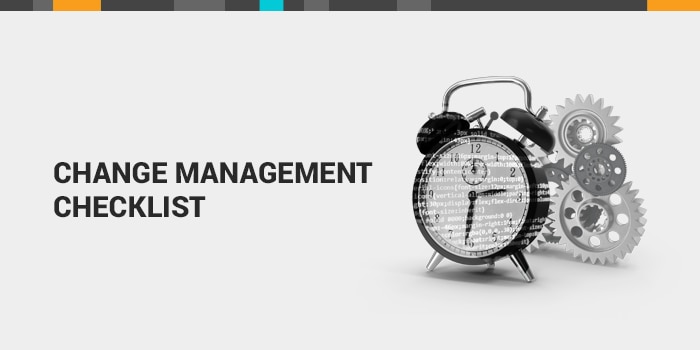Although it’s unclear when this pandemic will end, we know it will. For now, IT departments all over the world are doing their best to solve unique challenges, including (in many cases) supporting entire remote workforces. As you adjust on-the-fly, offer new services to employees, and continue to help power business operations, it’s worth taking note and considering if some of these adjustments could provide advantages even when things return to “normal”. It’s also worth documenting all the technology, service, and process changes that may need to be rolled back in the future.
Understand service trends and user behavior
When COVID-19 first began to shut down offices, many didn’t have time to fully prepare for the extended shut down. This put pressure on employees to make due with the resources they had at home, and pressure on IT to provide access to as many business-related resources as possible.
It’s a good idea to track which tickets are directly related to working remotely. This can help prepare IT pros and employees for a future influx of remote work teams.
“You’re starting to see different tickets,” says Chris Sanchez, sr. manager of end user support at Zoro. “You’re starting to see where technology is working perfectly in the office compared to when they’re working from home. Where the service desk really comes into play is reading between the lines in those tickets to decipher if there’s an actual issue with someone’s bandwidth at home, if they need to reset their router, or if it’s more widespread.”
Data from your
ITSM solution will tell you where the most common issues occurred.
Knowledge articles or videos can show users how to connect to VPN or troubleshoot their home infrastructure.
Just as you saw changes in the types of tickets you received at the start of remote work, expect an adjustment during the transition back to the office. Will employees have needs at their workstations with monitor and Bluetooth connections? Perhaps your team can prepare for some of those issues ahead of time with a plethora of self-service knowledge articles, or maybe you can staff a bit more heavily during office hours in the first week back. And, don’t forget about all those loaned-out devices!
IT asset management should have been very useful when keeping track of items that left the office. By utilizing these records, as well as request forms with required fields, the return process of these loaned devices should be seamless.
Track the ways people use the portal
Tracking the articles employees frequent can provide insight about what they find most useful and what new articles may need to be created to assist with self-resolution.
Google Analytics is a great way to analyze employee behavior and refine the user experience.
“With the adoption of the knowledge base in the service portal, we’ve probably tripled the number of documents we’ve published just because we want to empower the customer,” says Desktop Support Manager and SolarWinds customer Jason Thompson of the Town of Gilbert, Arizona. “If we can help them help themselves then everyone wins in that scenario.”
If employees are making use of the knowledge base while working from home, just think of the ways to keep encouraging this adoption once you transition back into the office.
Document all changes and incorporate ITIL change management best practices
Change management is a valuable ITIL practice to incorporate during this time. Think about all of the changes that have occurred during the transition, and how that might impact your technology environment moving forward. Consider the following questions:
- How many items were loaned out to employees?
- How long will the temporary licenses last and when will they need to be extended?
- Do you have a budget for software extensions and other equipment?
- Did you increase the number of VPN licenses?
- Which vendors changed their pricing or licensing model during the pandemic? When do those models revert back?
- Did you expand network bandwidth?
- Have you rolled out temporary IT tools to assist with the unique circumstances?
Current circumstances won’t be permanent situations, but the best way to get ahead of any unknowns is to document changes your business has experienced. Having a record of what took place can help in making decisions for the future and deciding what will need to be rolled back and when. Failure to recognize upcoming changes to vendor contracts or license overages can be unnecessarily costly when business operations return to normal.
When in doubt, document EVERYTHING during this time. Your ITSM solution can be a valuable datasource to support this effort and help ease the transition back to normalcy, whenever that time may come.








